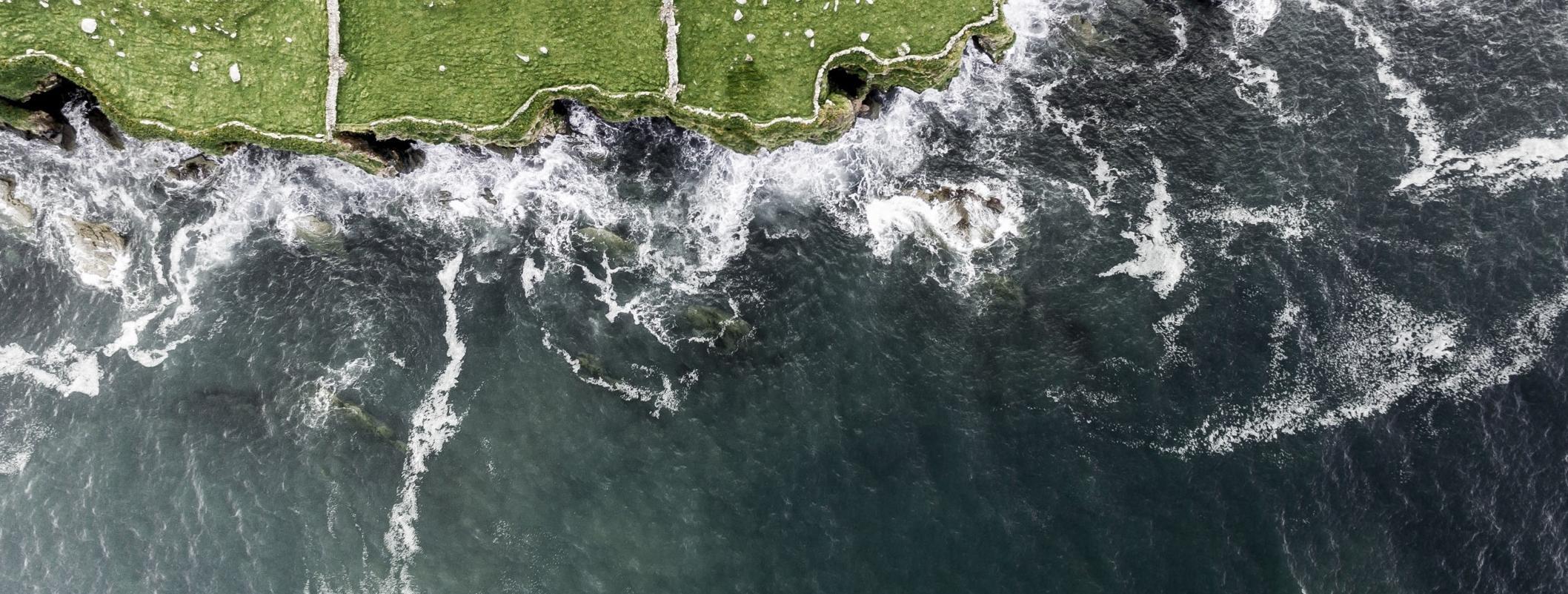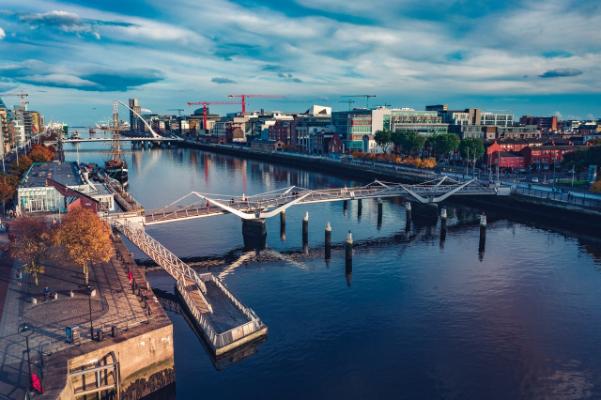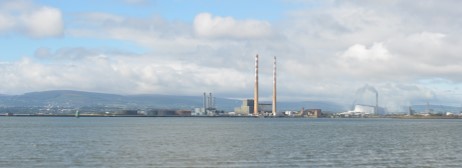The River Liffey and Dublin Bay, Ireland
As a densely inhabited area, Dublin Bay is used extensively for recreational purposes, including swimming, sailing, kite-surfing, fishing, and diving. The beaches are widely used for social activities, and ‘seafront’ commercial activities are locally important. Coastal habitats attract bird-watchers and naturalists, and a wide range of educational and scientific activities. The Bay is also an important setting for much of the art, literature, and culture of Dublin City, from which it also derives considerable economic value from cultural tourism. This case study will be on the dependencies of these social, economic and cultural activities on biodiversity and ecosystem processes, with a particular emphasis on maintenance of populations of wildlife and of water quality in the face of discharges from wastewater treatment and inflows of nutrients and biocides from rivers. These inputs and their impacts may be further modified by climate change, particularly increasing frequency and severity of extreme precipitation events affecting rivers and their influence on estuarine and marine waters. The case study will also highlight conflicts and trade-offs between conservation and social, economic and cultural activities.



